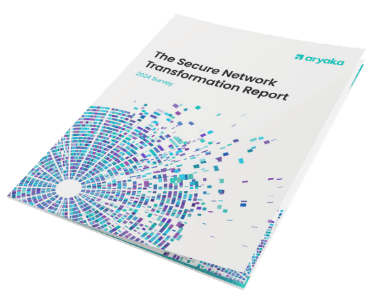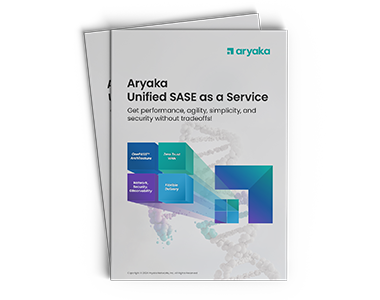Buyer Beware: The Pain of DIY SD-WAN

One of the key appeals of SD-WAN is that it can take a pool of disparate connections from different vendors and make them act like a big, high-quality link. Using multiple connectivity vendors is optional, but it’s often desirable for reasons of economy, resilience, and availability.
Economy: The Price is Right?
The ability to bind together connectivity, including anything from a satellite uplink, to a cable modem, to an MPLS link, allows the enterprise to find the price versus performance ratio that makes the most sense for its particular use case.
Specifically, SD-WAN is usually used to enable the enterprise to supplement (relatively) expensive MPLS links with lower-cost Internet links. They might be 10% – 30% cheaper business Internet links (that is, symmetrical and with significant performance SLA), maybe even from a current MPLS provider; or they might be 50% to 90% cheaper broadband links (asymmetrical, maybe an SLA, but probably nothing strong) from whoever is offering the best price in the area of the branch in question.
Resilience: Always-On Networks
The ability to transparently bind together services from different providers makes it easier have multiple physical and logical paths to the Internet. This makes outages, or even brown-outs, in any one service provider’s network much less likely to affect the branch.
Availability: More Choice is Better
Having more vendors as viable service providers means having more vendor service maps to choose from, and a higher likelihood that one will be able to serve your branch. This is especially important in areas outside major metropolitan zones, where rural broadband and 4G providers may be the only alternatives to an existing MPLS link.
Out of Many, One…One Big Headache
So, many upsides. The caveats, though, derive from the very multiplicity of providers that SD-WAN enables and that drives so many aspects of value. They mainly boil down to relationship costs and systems integrator costs.
There are, unavoidably, costs associated with maintaining business and technological relationships with a service provider. On the business side, purchasing and accounts payable offices have to deal with the overheads of having another supplier to track bills from and payments to. IT has the extra task of reviewing another set of bills for irregularities.
On the technical side, IT will have the overhead of knowing how to work with the tech support staff at the many providers—the more providers there are, the more working relationships IT has to master and nurture. When IT has to actually interact with providers to resolve problems, and especially when it has to coordinate activity that involves more than one provider and spreads over multiple continents, it can face time-zone and language challenges as well.
Which Way Forward?
Given the challenges of multi-vendor solutions, IT takes one of three courses:
- Do It Yourself (DIY)
With DIY, IT’s strategy to mitigate all these problems has to be one of minimizing the number of providers used, to keep the overhead from eating up the prospective savings or making ongoing maintenance untenable.Enterprises going this way might seek, say, a single MPLS provider in the US backed by one or two Internet providers, with regional provider pairs in each other geography they operate in.
- As a Service (aaS)
With SD-WANaaS, local relationships are still IT’s responsibility, but local links serve only as connections into the SD-WAN provider’s cloud—a simpler duty and, with close enough POPs, one with fewer performance issues likely.IT and billing and accounts payable all still have to deal with the multiplicity of vendors—so IT again must seek to minimize their number and rationalize how and when they are added—but the role of each is more limited and easier to manage.
- One Throat to Choke (OTTC)
With OTTC, a single vendor acts as both communications service provider and as a billing and service aggregator for other providers, abstracting away the overhead of dealing with them. This adds middle-man overhead, but, having a single vendor relationship and a single technical support process hugely simplifies IT’s life and keeps relations with purchasing and billing more cordial.
Choose Your Options Wisely
Hybrid approaches are of course possible, especially mixing aggregators with aaS or DIY models—giving the business, say, one aggregation partner in APAC and one in the EU, as opposed to having a dozen separate regional partners. But from IT’s perspective, OTTC is the real labor saver and ideal for global organizations, if the service can be had at a reasonable cost and with maximum agility and flexibility.
How an enterprise approaches SD-WAN has business and relationship implications, not just technical ones, and IT should tread carefully and make those decisions with full appreciation of the implications inside IT — and outside it too.
- Accelerate CAD/CAM Performance
- Improve Zoom Conferencing Performance
- Calypso Embraces a SaaS-first Strategy
- CallisonRTKL Transforms their WAN
- Kleinfelder Improves Application Performance
- Teradyne Transforms their WAN
- SAP web application performance
- Kleinfelder Improves Application Performance
- Industrial Manufacturing Company Transforms WAN









